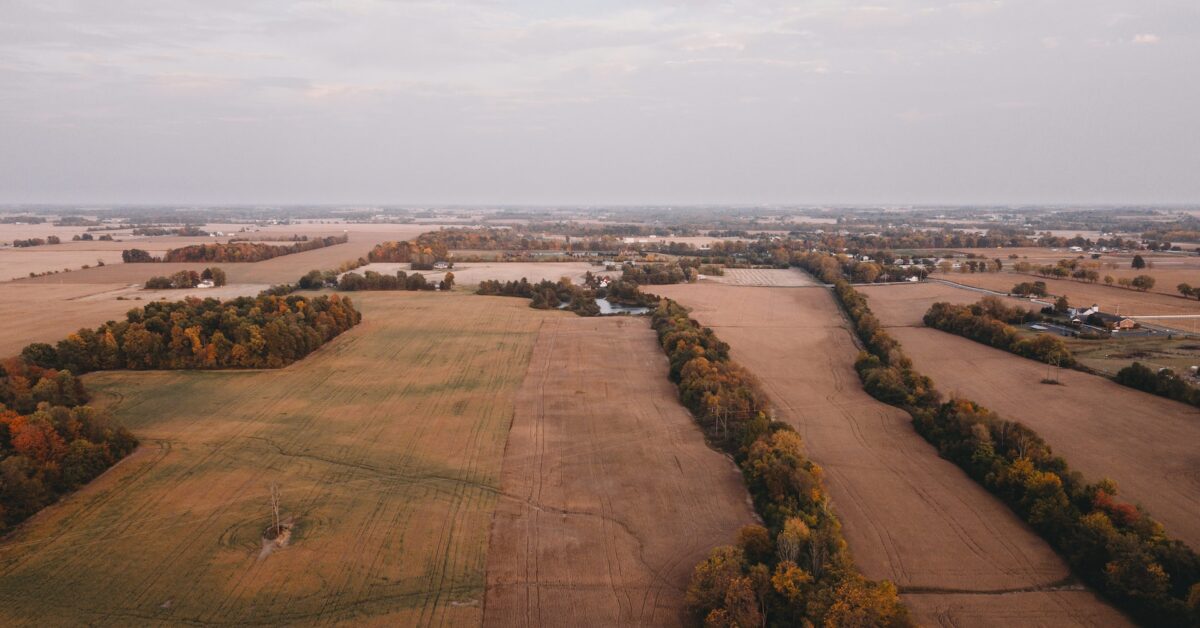A savvy investor can use various techniques to research and assess the potential value of land for sale. Some methods are more complicated than others, but all of them will help to ensure that a buyer is purchasing the right property at a fair price. The most common method involves comparing comparable properties.
Accessibility
While it may seem obvious, investors must ask questions about the land they are considering purchasing. Understanding zoning regulations, land use, and other factors like ingress/egress is critical to evaluating the property. This can help a potential investor determine whether or not it’s worth putting in the effort to purchase the raw land.
Researching the surrounding area and determining if any developments are planned is also essential. This will significantly impact what the property can be used for in the future and could drive up or down the value of the land.
Generally speaking, the best way to determine the potential value of a piece of Colorado land for sale is to compare it with similar pieces of land sold recently. It’s essential to look at all the different attributes of these pieces of land to get a feel for how much each one is worth.
The other thing to consider is what amenities the land has to offer. This includes water access, ingress/egress, and soil conditions. In the case of water access, it’s essential to find out if there are any restrictions on how close you can build to a lake or river. This will prevent you from investing in a piece of land that may not be as useful as you thought it would be.
Zoning
A land’s development potential is a significant driver of its value. Developers will pay only for land that makes it profitable to build a building on it after all costs, such as construction labor, materials, professional services, and loan interest, are considered.
Zoning laws can limit the type of building built on a piece of land. Therefore, buyers should research the local zoning laws and visit the property to see what types of buildings they can construct there. It is also essential to know the legal size of the lot. Buyers need to know this to make sure that they will be able to develop the property under their goals.
Another way to assess the development potential of a piece of land is to use the cost analysis approach, which involves calculating the current market value of comparable properties and adding the expected construction costs. This method is less accurate and more difficult to apply to raw land, but it can be helpful in exceptional circumstances.
Location
When looking at a piece of land for sale, it is essential to consider how location can affect its value. For example, if the land is located near a pawn shop or public housing, it may have a lower value than if it was near a grocery store.
In addition, a lot’s topography can significantly impact its value. A lot on a steep slope or with poor soil may be worth less than one that is flat and easy to build on. Another factor to consider is the climate of the area. A colder climate could affect construction timelines, and extreme weather conditions like droughts or hurricanes can have a negative effect on the upkeep of a piece of land.
It’s important to consider how a location can change in the future as well, especially with climate change affecting so many landscapes. An area with high rain or dense snowpacks could become flooded unexpectedly further down the line, so integrating technology like snowpack models such as iSnobal can help you plan ahead and foresee any potential changes.
One method to determine a potential land’s value is to compare it to comparable sales of similar properties in the same region. However, this method is only as reliable as the data used to determine it. Ideally, three to five comparable sales should be included in this analysis.
Buyers should also consider the zoning regulations of the area where they want to buy a piece of land. For example, if they want to build a house on the property, ensuring the land is zoned for residential development is essential. This can be determined by visiting the local zoning office or asking a real estate agent.
Future Trends
Raw land can be an excellent investment because it is always in demand and has limited supply. However, it’s essential to research and assess the potential value of a piece of land before making a purchase. A few key elements affect its value, including location, zoning regulations, resource access, and building conditions.
The first step is to understand market trends. Are home prices going up or down in the area? How much did similar plots of land sell for recently? This information can help you determine what to expect for your property regarding selling. Another critical factor is to consider how the land can be used. Can it be developed for residential or commercial use? If the land can be developed, it will have more chances to return a higher investment.
Other factors that can increase a piece of land’s value include amenities like hiking trails, shooting lanes, and beautiful views. When considering the purchase of a plot of land, it’s also helpful to consider any holding costs associated with the property, such as taxes, legal fees, association dues, etc. Considering all this can help you make the best decision for your investment goals.


